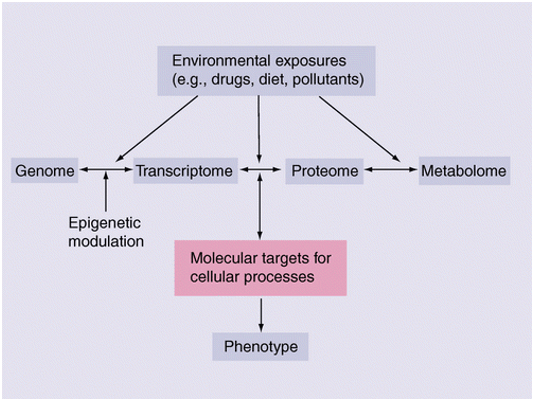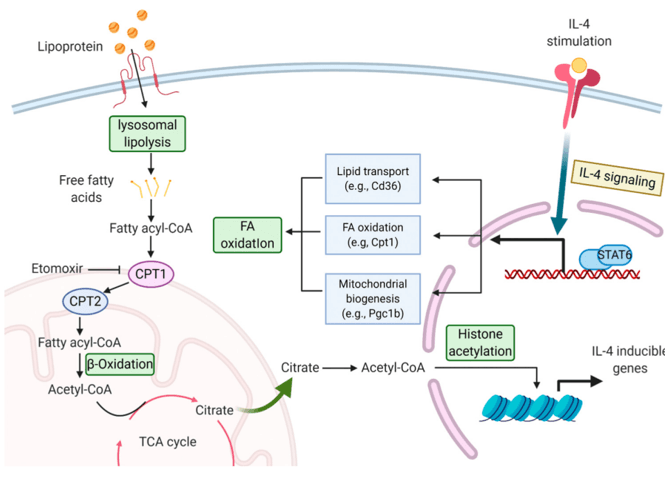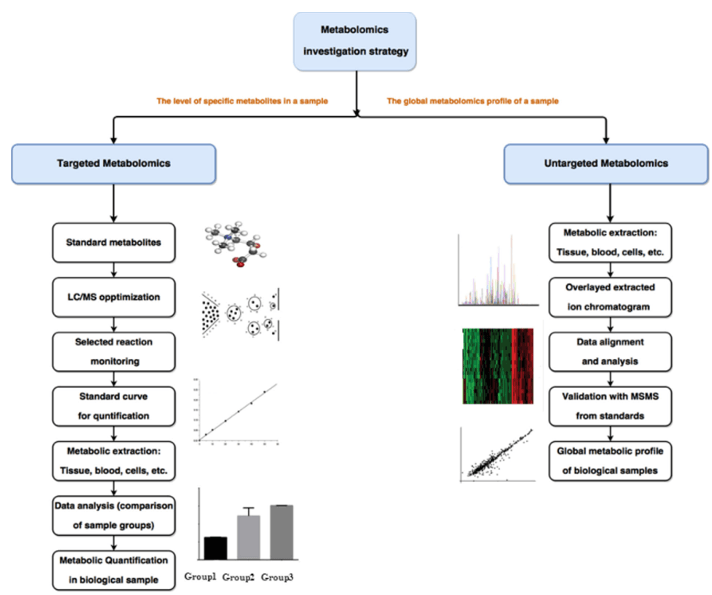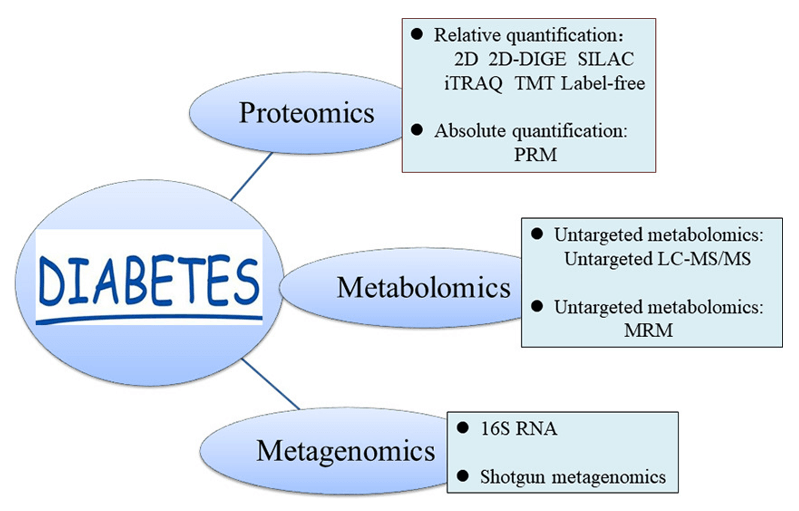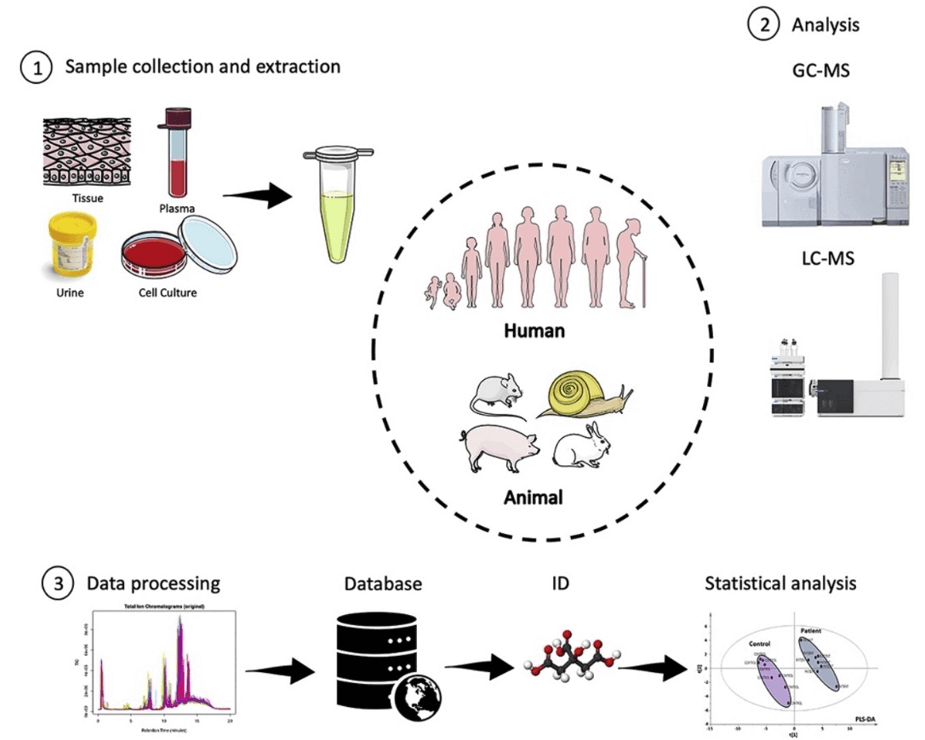Phosphoenolpyruvate Analysis Service
Submit Your InquiryWhat is Phosphoenolpyruvate?
Phosphoenolpyruvate (PEP) is a pivotal molecule in cellular metabolism, acting as a critical intermediary in numerous biochemical processes. It serves as a key junction in energy metabolism and biosynthesis, participating in essential pathways such as glycolysis, gluconeogenesis, the tricarboxylic acid (TCA) cycle, and amino acid biosynthesis. The concentration, regulation, and flux of PEP are of utmost importance for understanding the intricate web of cellular metabolism and its implications in various biological contexts.
 Molecular structure of phosphoenolpyruvate
Molecular structure of phosphoenolpyruvate
PEP, a phosphorylated organic compound, possesses high-energy phosphate bonds that confer significant metabolic potential. It serves as a precursor to pyruvate, which fuels the production of adenosine triphosphate (ATP) through glycolysis, making it a central player in energy production. Furthermore, PEP contributes to gluconeogenesis, the process by which glucose is synthesized from non-carbohydrate sources, ensuring the maintenance of glucose homeostasis during fasting or energy-demanding conditions.
The significance of PEP extends beyond energy metabolism. It serves as a branching point metabolite, providing carbon skeletons for the biosynthesis of various biomolecules, including amino acids, nucleotides, and fatty acids. PEP is involved in the anaplerotic replenishment of TCA cycle intermediates and participates in the biosynthesis of important cellular components, thereby influencing cell growth, proliferation, and survival.
In order to understand the concentration, regulation and role of PEP in cellular metabolism, accurate and reliable analytical methods are required. Creative Proteomics has measured and analyzed PEP based on mass spectrometry to provide data to support its dynamics, interactions, and potential applications in different research areas.
Analytical Methods for Phosphoenolpyruvate Analysis in Creative Proteomics
In the realm of phosphoenolpyruvate (PEP) analysis, liquid chromatography (LC) and mass spectrometry (MS) techniques have emerged as powerful tools for accurate and sensitive quantification. These methods offer high selectivity, resolution, and sensitivity, enabling comprehensive profiling of PEP in complex biological samples.
Liquid Chromatography (LC)
Liquid chromatography techniques, particularly high-performance liquid chromatography (HPLC), have gained prominence in PEP analysis. HPLC separates PEP from other metabolites based on their differential interactions with a stationary phase and a mobile phase. Various LC methods have been developed, including reverse-phase (RP), ion-exchange (IE), and size-exclusion chromatography (SEC), providing different selectivity and retention characteristics for PEP.
RP-HPLC is the most commonly employed technique for PEP analysis. It utilizes a nonpolar stationary phase and a polar mobile phase, allowing efficient separation and quantification of PEP. Isocratic or gradient elution methods can be employed to optimize resolution and sensitivity. RP-HPLC can be coupled with various detectors, such as UV, fluorescence, or electrochemical detectors, to quantify PEP concentrations.
IE-HPLC is another approach used for PEP analysis, which relies on the differential charge properties of PEP and other metabolites. By using ion-exchange resins with specific functional groups, PEP can be selectively retained or eluted, enabling its quantification. This technique offers excellent resolution and selectivity for PEP, especially in complex sample matrices.
SEC-HPLC, based on the size exclusion principle, separates PEP from other molecules based on their molecular size. It is particularly useful for analyzing PEP in crude biological extracts or complex mixtures where interference from matrix components may occur. SEC-HPLC coupled with UV detection allows direct quantification of PEP without prior derivatization.
Mass Spectrometry (MS)
Mass spectrometry techniques provide unparalleled sensitivity, specificity, and versatility for PEP analysis. MS-based methods offer targeted quantification, identification of PEP isotopologues, and elucidation of metabolic fluxes.
Liquid chromatography-mass spectrometry (LC-MS) has become a gold standard for PEP analysis, combining the separation power of LC with the mass analysis capabilities of MS. LC-MS allows for selective and sensitive detection of PEP in complex biological matrices. Various ionization techniques, such as electrospray ionization (ESI) or atmospheric pressure chemical ionization (APCI), can be coupled with MS, enabling the ionization and detection of PEP and its derivatives.
Multiple reaction monitoring (MRM) is commonly employed in LC-MS analysis of PEP. MRM mode selectively monitors predefined PEP precursor-to-product ion transitions, providing high sensitivity and specificity. Isotope-labeled internal standards can be used to ensure accurate quantification.
The combination of LC and MS techniques allows for comprehensive and robust analysis of PEP, providing quantitative data on PEP concentrations, isotopologue distributions, and metabolic fluxes in cellular systems.
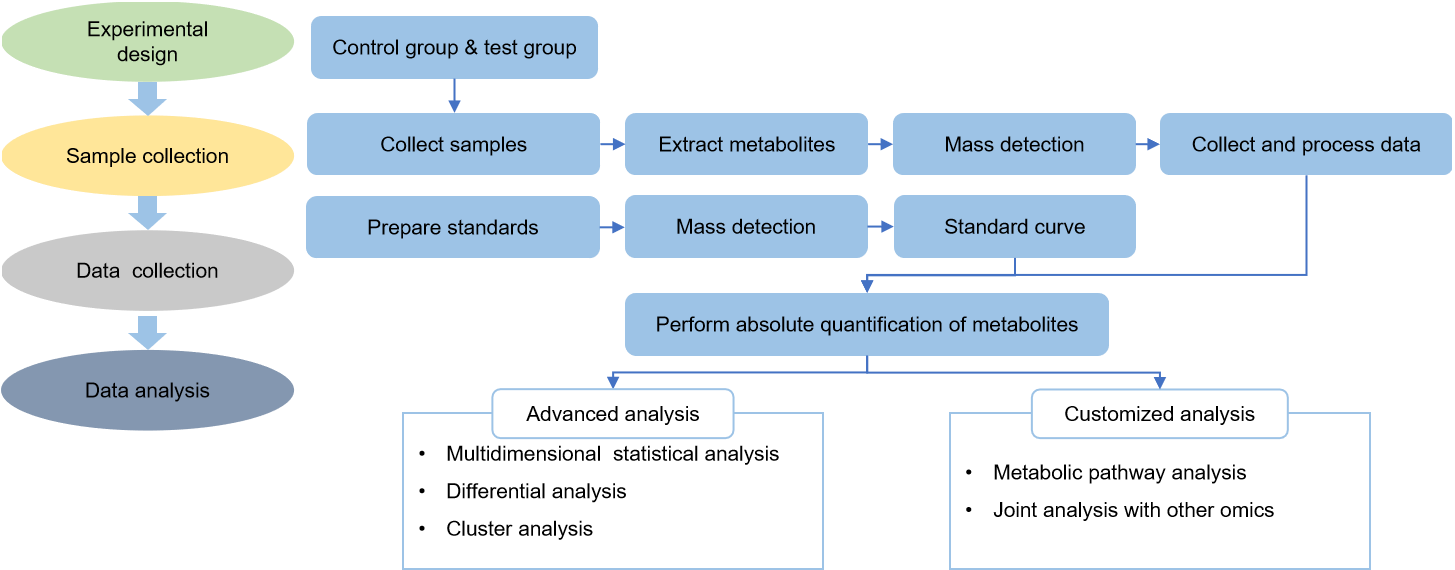
Applications of Phosphoenolpyruvate Analysis
The analysis of PEP finds broad applications in various scientific disciplines, elucidating critical aspects of cellular metabolism, enzyme regulation, and metabolic engineering.
Metabolic Pathway Studies: PEP analysis serves as a valuable tool for studying metabolic pathways. By quantifying PEP concentrations and its downstream products, you can unravel the intricacies of glycolysis, gluconeogenesis, and the TCA cycle, providing insights into energy production and carbon fluxes within cells.
Enzyme Activity Assays: PEP participates in catalytic reactions of several key enzymes, including phosphorylases and carboxylases. Measuring PEP levels and enzyme activities helps assess the functionality and regulation of these enzymes, shedding light on their roles in cellular metabolism and potential drug targets.
Drug Discovery and Development: PEP's involvement in various cellular processes makes it an attractive target for drug discovery and development. By understanding how drugs interact with PEP or modulate its concentration, you can design novel therapeutics that target PEP-related pathways, such as cancer metabolism or bacterial infections.
Metabolic Engineering and Bioproduction: The engineering of microbial cells for the production of valuable compounds relies on a deep understanding of cellular metabolism, including PEP metabolism. Analyzing PEP concentrations and fluxes aids in optimizing metabolic pathways, enhancing production yields, and improving the efficiency of bioprocesses.
Sample Requirements of Phosphoenolpyruvate Assay
- Cells and Tissues: Collect approximately 1 x 106 to 1 x 108 cells or 50-100 mg of tissue for PEP analysis.
- Biological Fluids: Collect at least 100-500 µL of blood, urine, or cell culture media for PEP analysis.
- Fermentation Broth: Collect a minimum of 1-5 mL of fermentation broth for PEP analysis.




